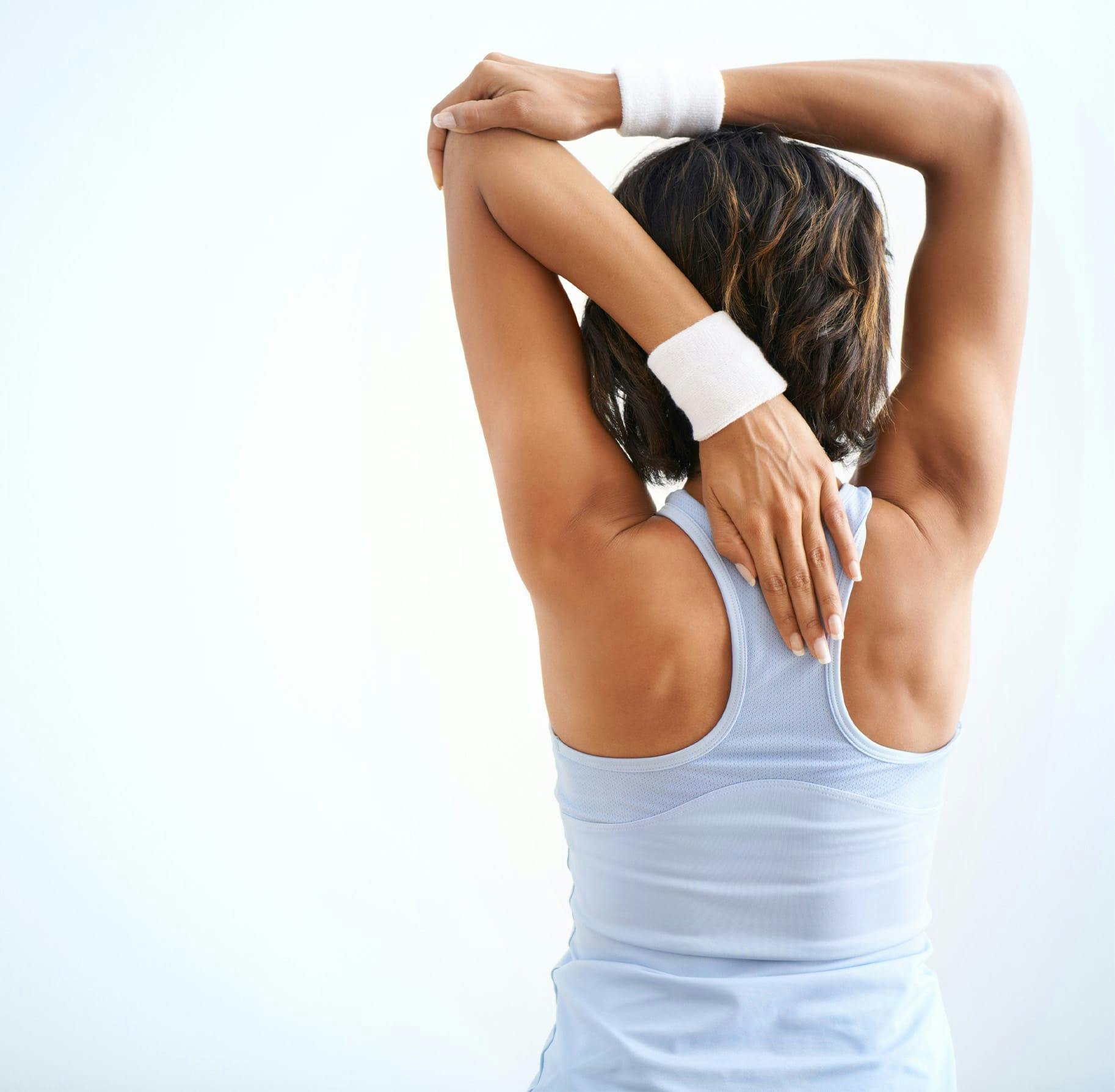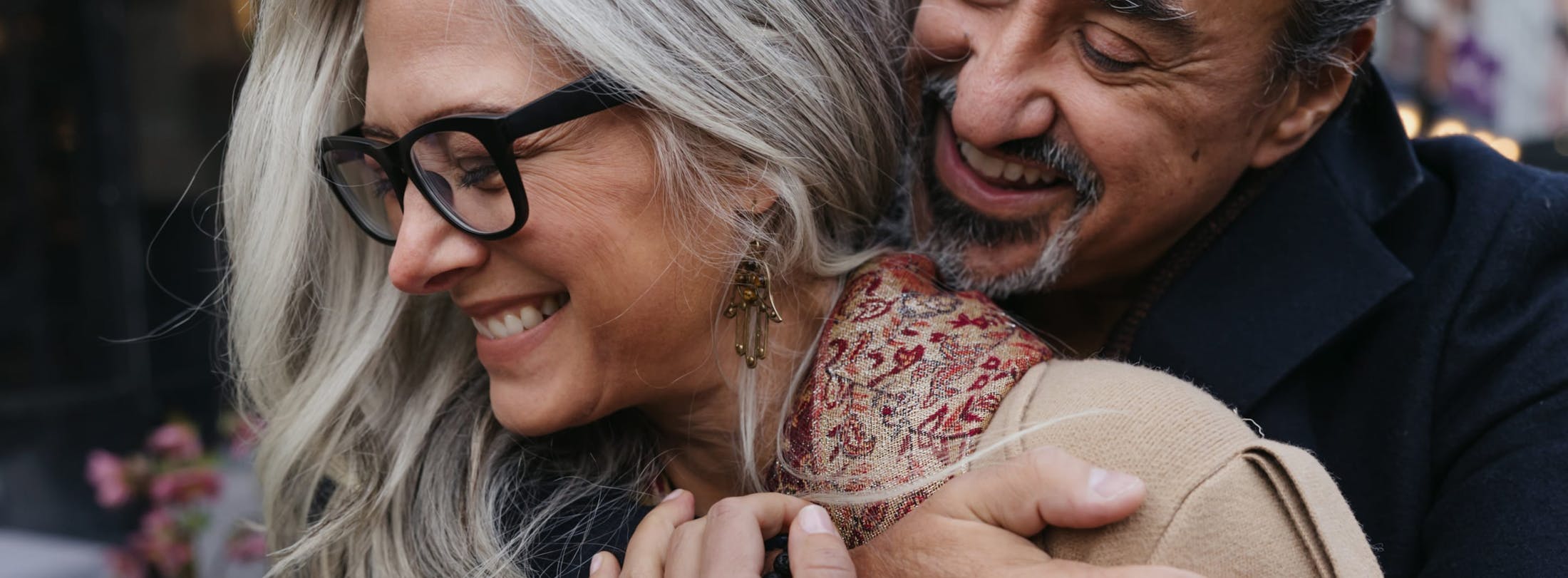Explore the essentials of shoulder anatomy and function to understand the structure that supports your daily movement and activities.
What is the structure of a healthy shoulder?
Two pivotal joints enable the shoulder's broad range of motion. The acromioclavicular joint links the acromion (the upper segment of the shoulder blade) to the collarbone and the glenohumeral joint (shoulder joint), a ball-and-socket mechanism that connects the upper arm to the shoulder blade.
This design empowers the arm with an impressive ability to rotate in a circular fashion.
Despite its remarkable flexibility, the shoulder joint is inherently unstable due to the discrepancy between the size of the humerus (the ball) and the glenoid (the socket) that accommodates it. However, this instability is affected by the robust support system of muscles, tendons, and ligaments that keep the shoulder bones anchored. Tendons, tough cords of tissue, fasten muscles to the bone, while ligaments tether bones together, providing stability.









